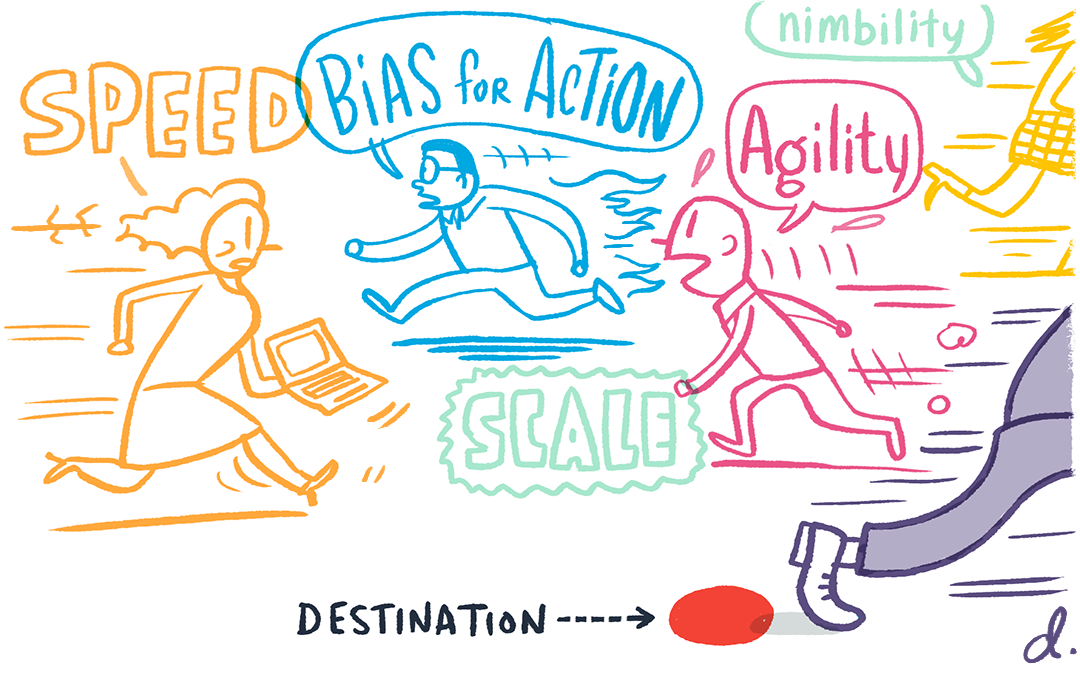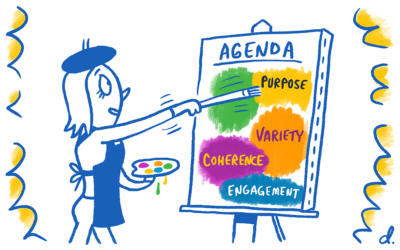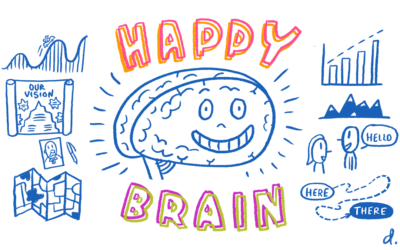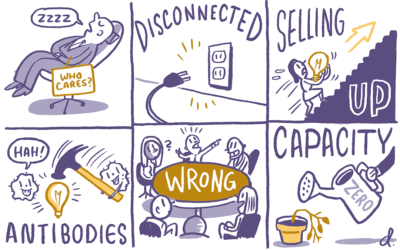Bias for Action, But for What?
“Bias for Action” and “Agility” are the dual buzzwords in business these days. Being nimble, and able to respond quickly to changes in market conditions and customer expectations sounds great. Who could argue with it?
However, within organizations BfA&A is often understood as doing everything fast, and if all that speed and action is happening randomly, disconnected from a common vision, it can become a problem. The organization’s vision can be derailed or diluted.
Why Aligning on a Common Vision is Hard
Every leader has a vision, which has likely been formalized in a document during a strategic planning process. But there is often a gap between the recommendations in the plan and what people actually do. How could this be? It could be a misalignment issue.
We all recognize and sympathize with the reasons for misalignment:
The business environment changes too fast for the strategic plan to stay relevant.
The leadership vision should be at a high-enough level to withstand changing winds, but the strategy and actions underlying it may need shift at a moment’s notice.
An organization I worked with recently was surprised to learn that their platform partner had made a bid to acquire one of their competitors. The strategic plan had no contingency for that. They needed to pull together a strategic conversation right away to determine whether the risk was tolerable or whether they needed to pivot away from that partner––and if they chose the latter what would that shift look like?
Leadership turnover creates misalignment
When new people join an organization, obviously they bring their own ideas. Despite every effort to orient new leaders to the company culture and vision, they develop an interpretation of the vision through the lens they brought with them.
Misalignment rarely shows up as a team that argues a lot. Instead, it can stay hidden until a critical moment when problems occur.
It’s a good idea to have an alignment conversation at those inflection points when personnel changes.
Day-to-day demands leave little time to stop and think
The most common reason for misalignment is obvious. Leaders have excruciating demands on them and many stakeholders to please. They operate in a world of constant distractions, competing priorities, and raging fires they must put out. They simply lack the time and attention to have the conversations necessary to maintain a high level of alignment.
What is needed is a living, breathing strategy that informs people’s Bias for Action and delivers against mutually-understood outcomes
What I’ve seen work is pulling together the key players for a structured set of conversations to realign on the big strategic outcomes, then making sure whatever pivot or change to address current conditions still supports the vision.
It doesn’t replace your strategic plan, but augments it with new information. The alignment work can be bounded to solve a pressing need, leaving the things that are working alone.
Ironing out misalignment isn’t easy. Your team will need to roll up their sleeves and stay engaged when the conversation gets difficult. But thoughtfully structured, the team will co-design a refreshed set of strategic outcomes, develop situational awareness of the business, identify critical blockers and enablers, and commit to a roadmap of actions. Through this work the team emerges aligned and inspired to move forward in unison.
Bias for Action and Agility are great attributes but unless they are tethered to your vision they can wreak havoc. When your team is aligned you’re able to draw a straight line between the desired outcomes and the steps you’ll take to get there. Then it’s full speed ahead.




